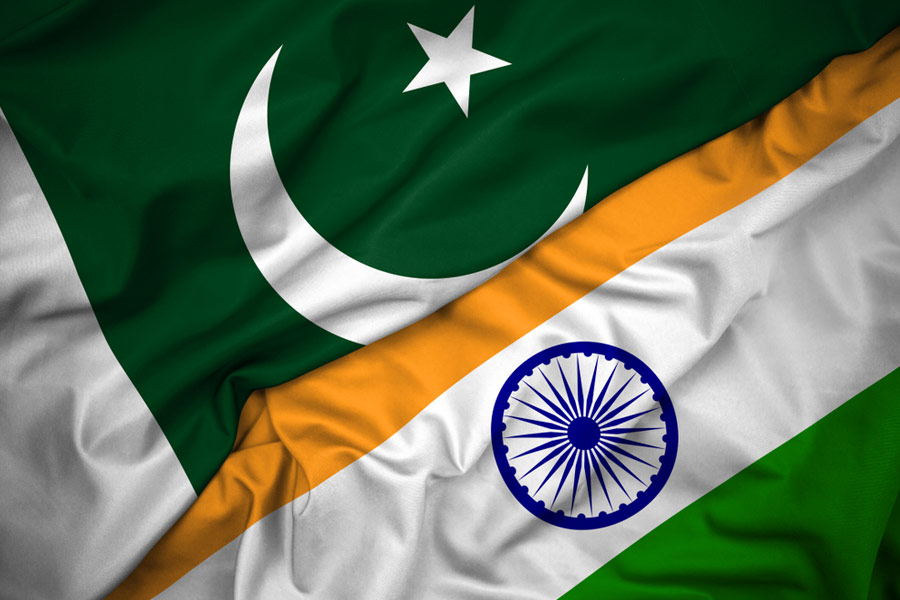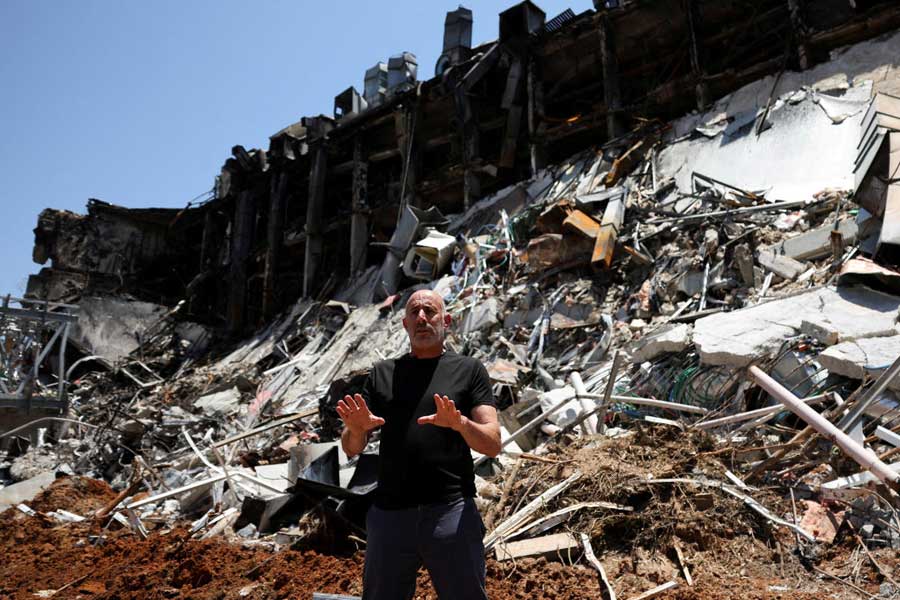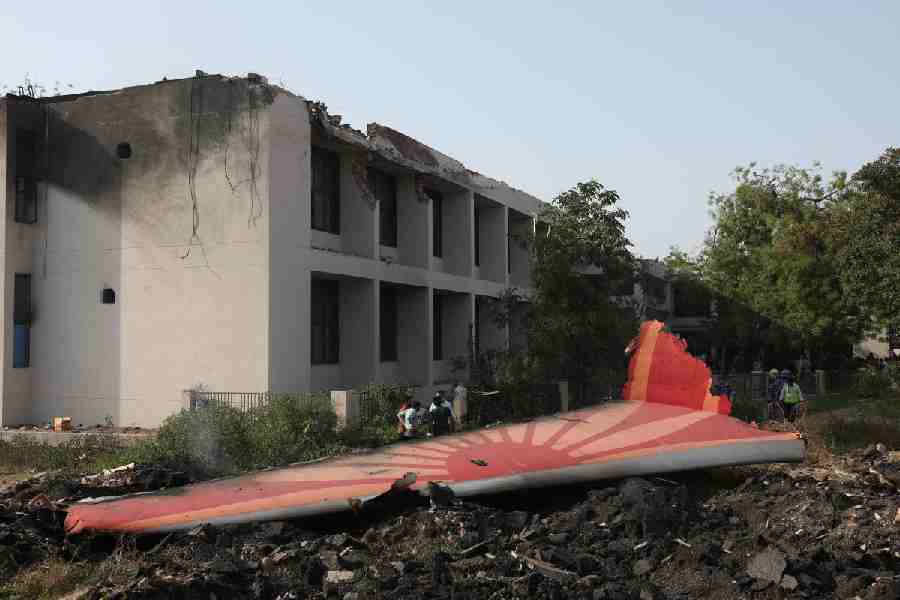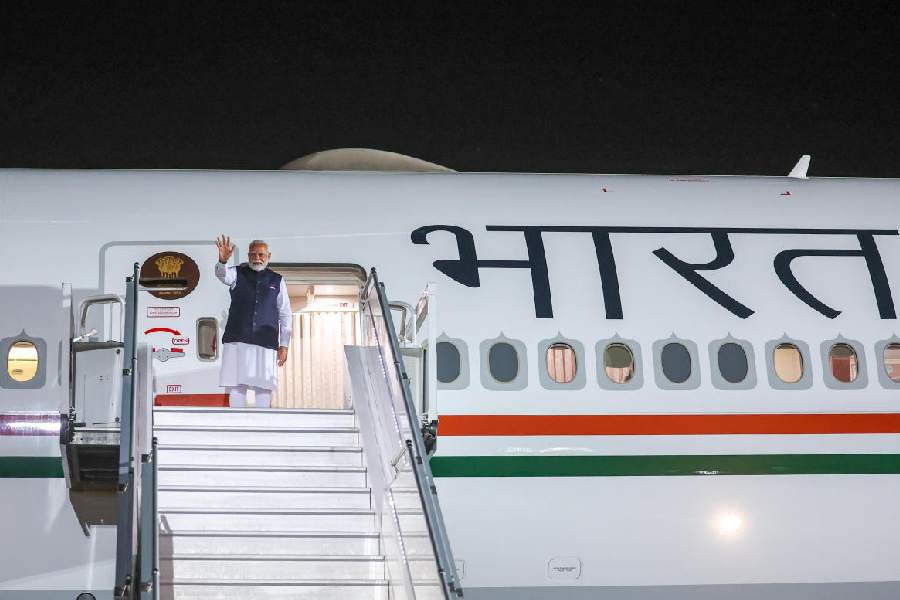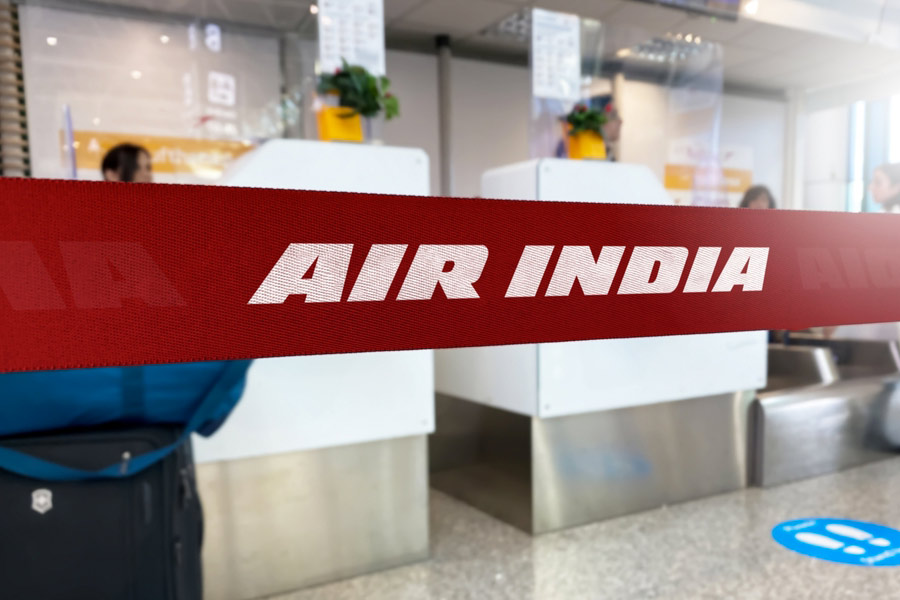 |
| Sudhansu Jiban Ganguly at his home. (Anup Bhattacharya) |
He has just two years to go before he turns 100. Born during the British Raj, Sudhansu Jiban Ganguly fought for Independence from a tender age. He worked closely with Prafulla Chandra Ghosh, who later became the first chief minister of Bengal. But today, Ganguly is a disillusioned man. He feels that this was not the freedom that he had fought for.
“There is still so much poverty and unemployment in our country. There is too much disparity between the rich and the poor. We did not want this,” said the 98-year-old, who is presently the chairman of Government of West Bengal’s State Advisory Committee for Freedom Fighters’ Pension.
Ganguly recalls his first visit to Prafulla Ghosh when he was only 13. “When Shanti Ranjan Das, took me to Dr Prafulla Ghosh, I did not know why I was going. They wanted me to be their messenger and I would have to reach letters to other revolutionaries. Initially, I did not realise the importance of my chore, but I maintained secrecy. When people asked me where I was going, I would not say anything. As I grew up, I understood the implications behind my tasks,” said Ganguly.
Living in Bikrampur, Ganguly studied at Bikrampur Paikpara Union School, a government-aided school. “I studied for free. Prafulla Ghosh had told me ‘You are taking free education from the British. If you want to study then do something to pay them back.’ I went to my headmaster and said that I would work as a gardener for the school. I studied and also managed to maintain a beautiful garden at my school. I passed my Matriculation with a first class,” said Ganguly.
When he was 15, Ganguly was arrested for picketing. “I was arrested for 15 days at Munsigunge jail. I would picket against liquor, drugs and even English tea that was distributed free in the villages of Bengal at that time. They would even give free English biscuits with the tea and we would tell people not to drink that tea,” said Ganguly.
His first long term imprisonment happened after he turned 18. “I was arrested for two years for gherao of Tangluberia police station. After that I took part in the Quit India Movement in 1942 and was arrested from Rajshahi. I was in Dhaka Central Jail for three years from where I passed my Intermediate,” recalls the revolutionary.
Ganguly lost his father while in jail but he was allowed to go home on parole for 15 days.
In 1946, Ganguly was with Gandhi during the riots in Calcutta and Noakhali. Prafulla Ghosh had sent him to be with the Mahatma. “It was terrifying. Hindu women were being brutalised by Muslims. We were ready to retaliate but Gandhiji would say ‘Dhire, dhire’. Prafulla Ghosh had instructed us to strictly follow Gandhiji. My duty was to take him to speak to the villagers,” said Ganguly.
After the Partition of Bengal, Ganguly was involved in the rehabilitation of refugees from East Pakistan in 1957. He met Netaji at a meeting in Dhaka. “He had come to meet revolutionaries in Dhaka and told us that we would have to free the country from the British, even if he was not there. We realised that he was preparing to leave,” said Ganguly.
Despite his contribution to the nation, Ganguly has never sought anything for himself. “I never asked for a government job for my sons. I believe in maintaining my dignity,” said Ganguly, who worked as an LIC officer and retired in 1979.
More about Ganguly
- DoB: April 10, 1915
- Born in: Bikrampur, Bangladesh
- Education: IA
- Family: Wife, two sons and their families
- Loves: Helping others
- Hates: People with bad character
Dalia Mukherjee


